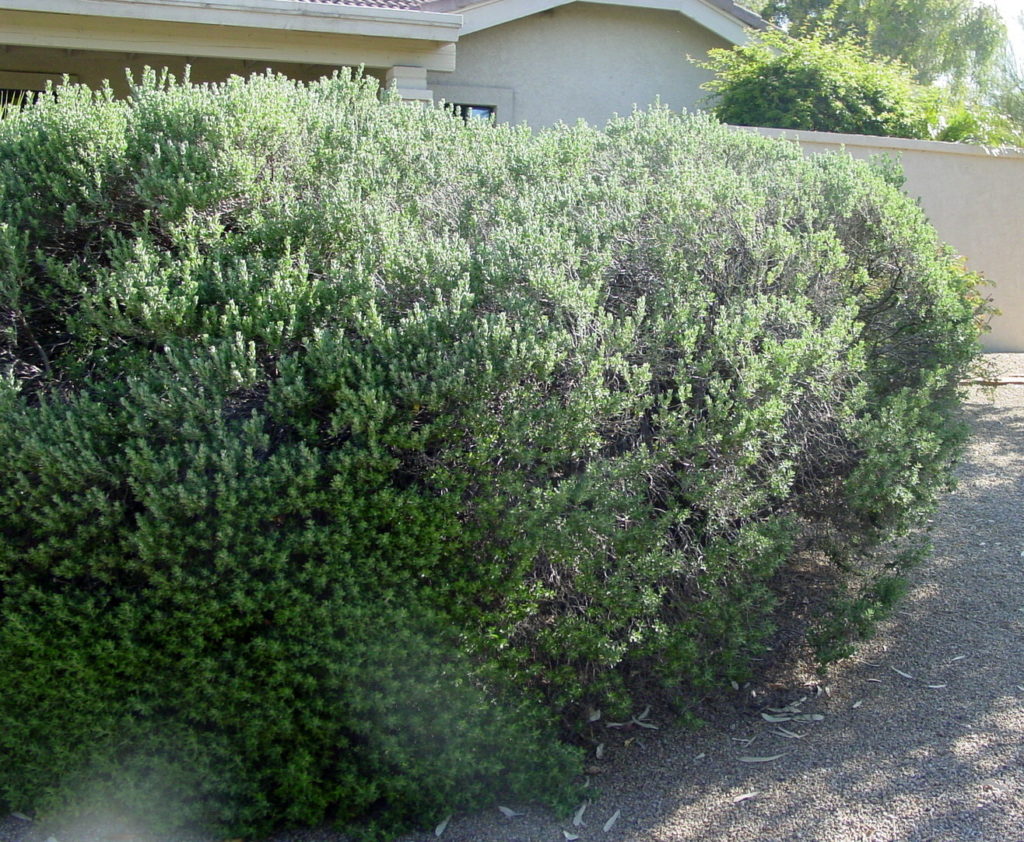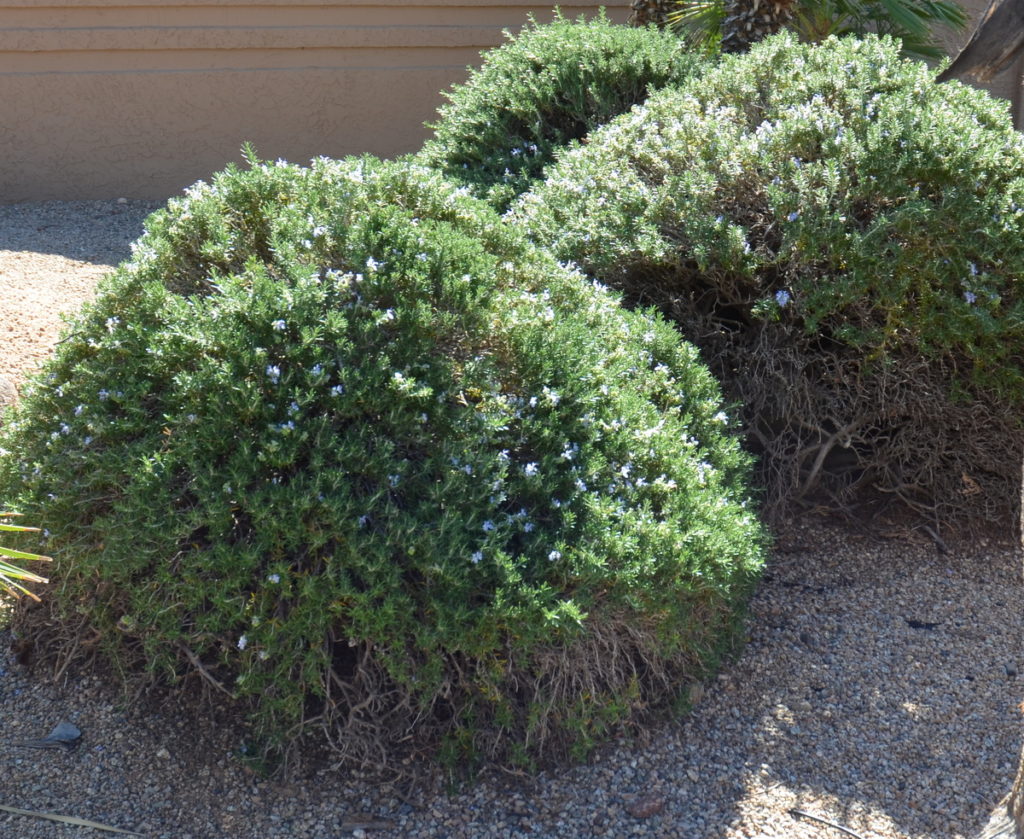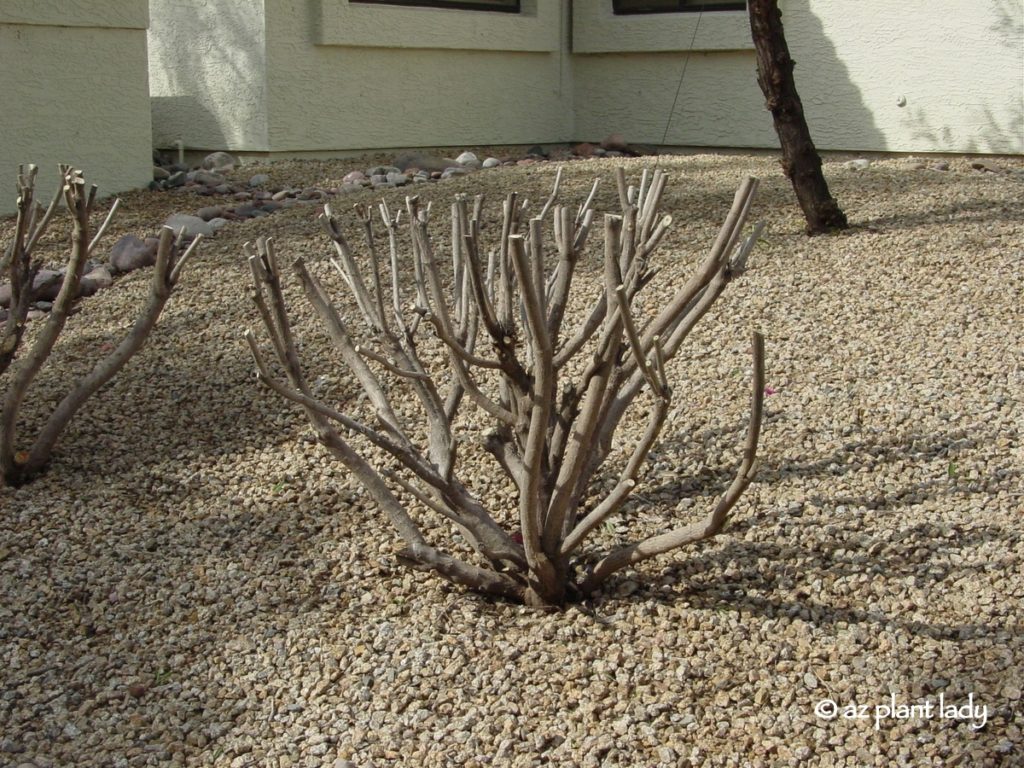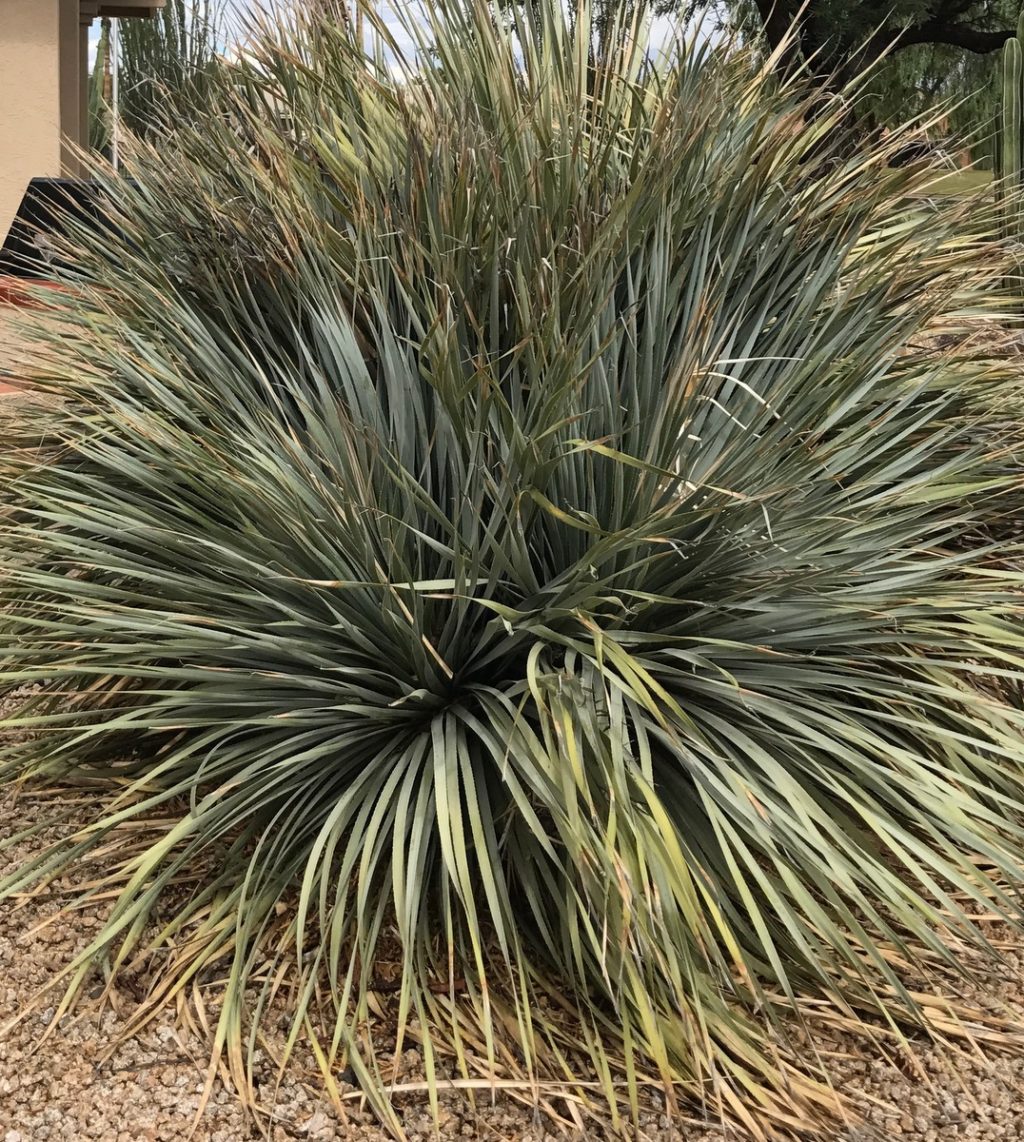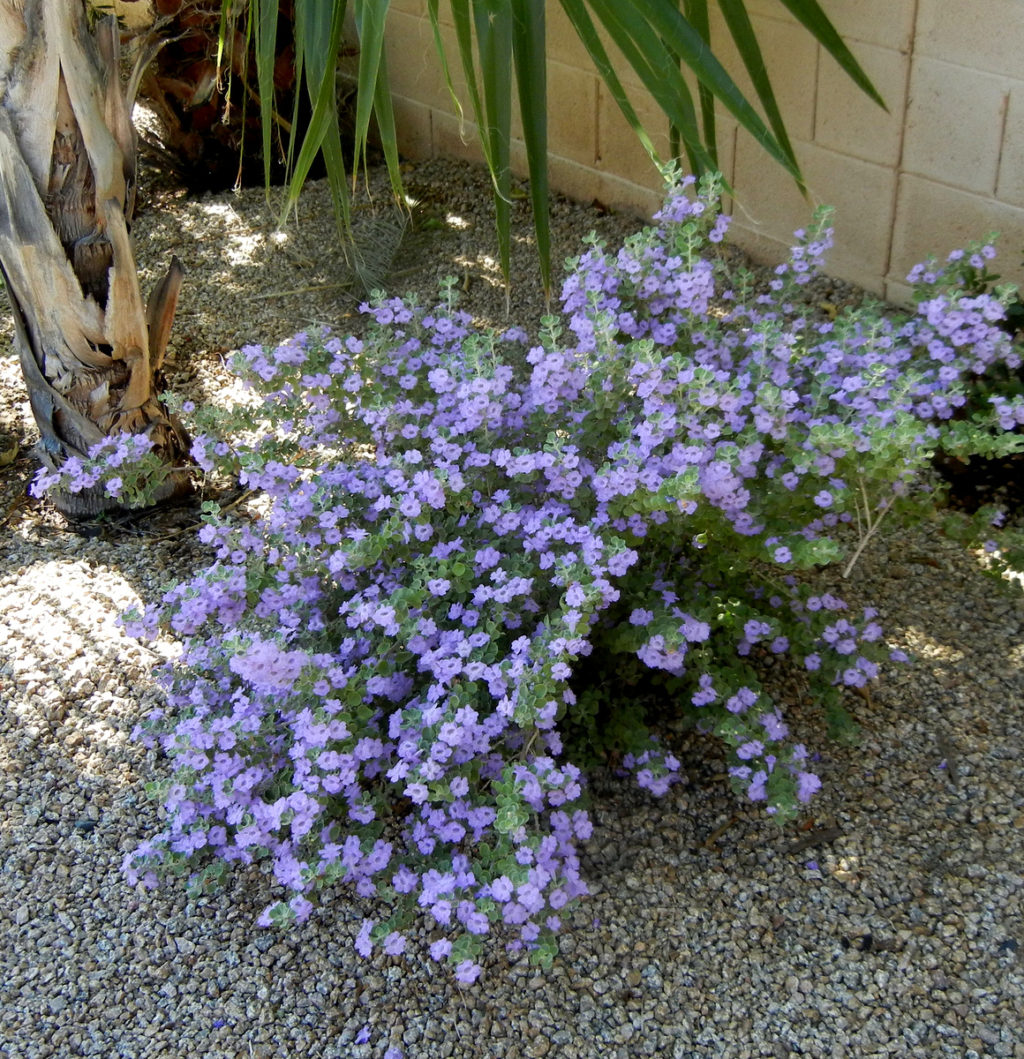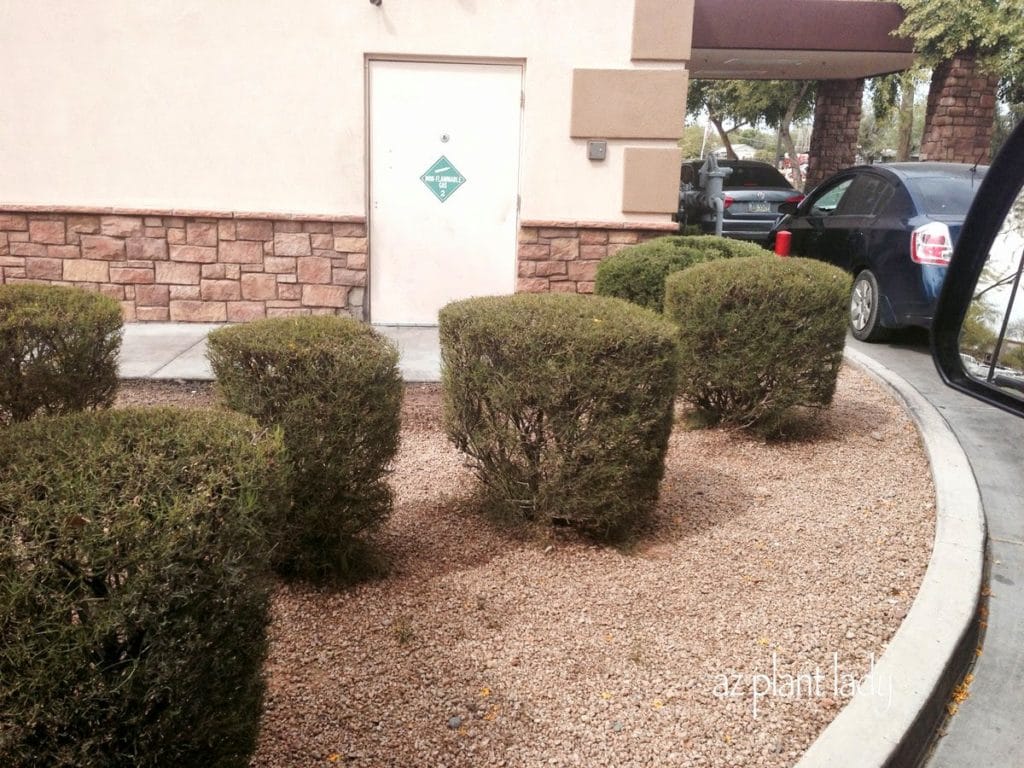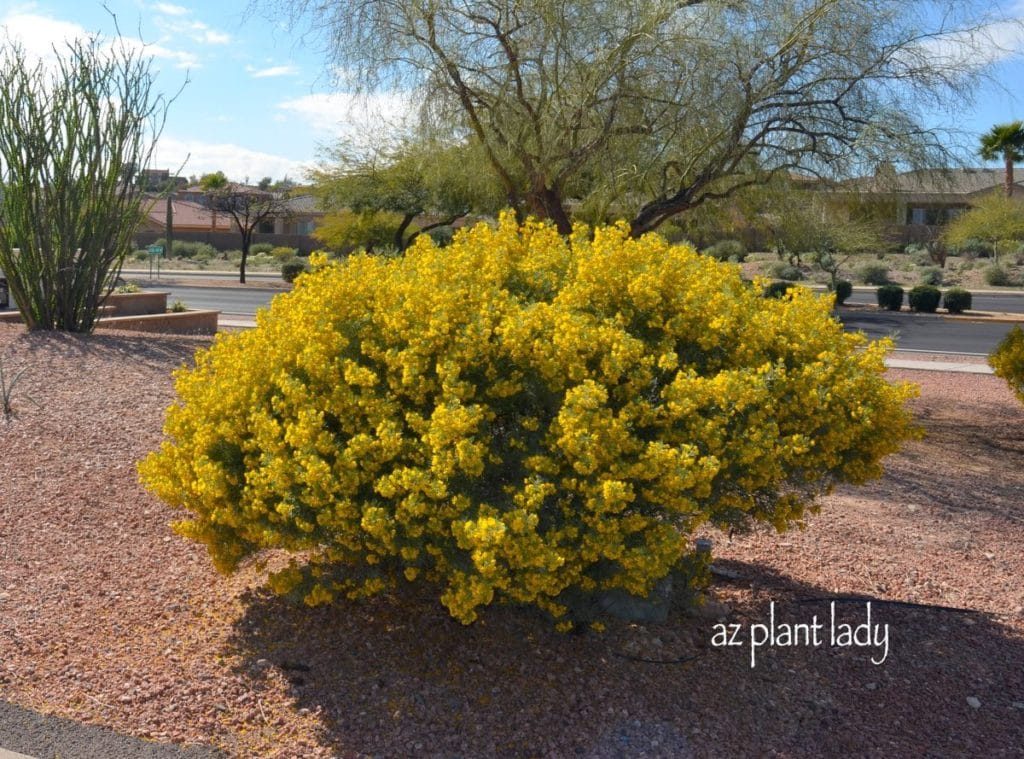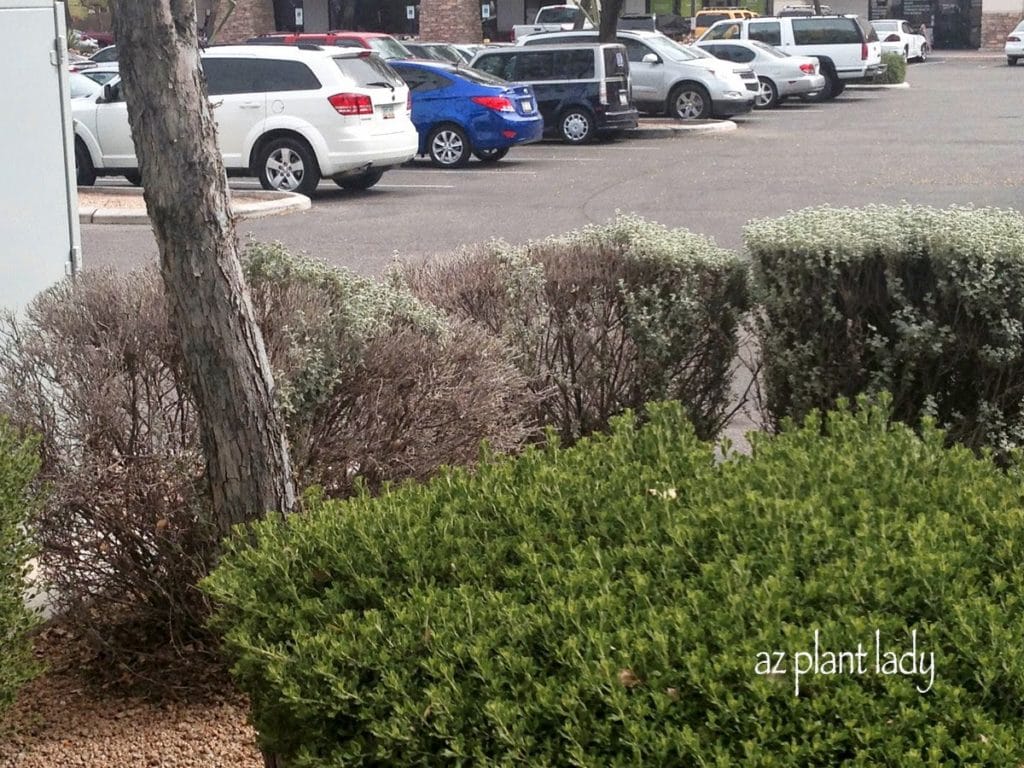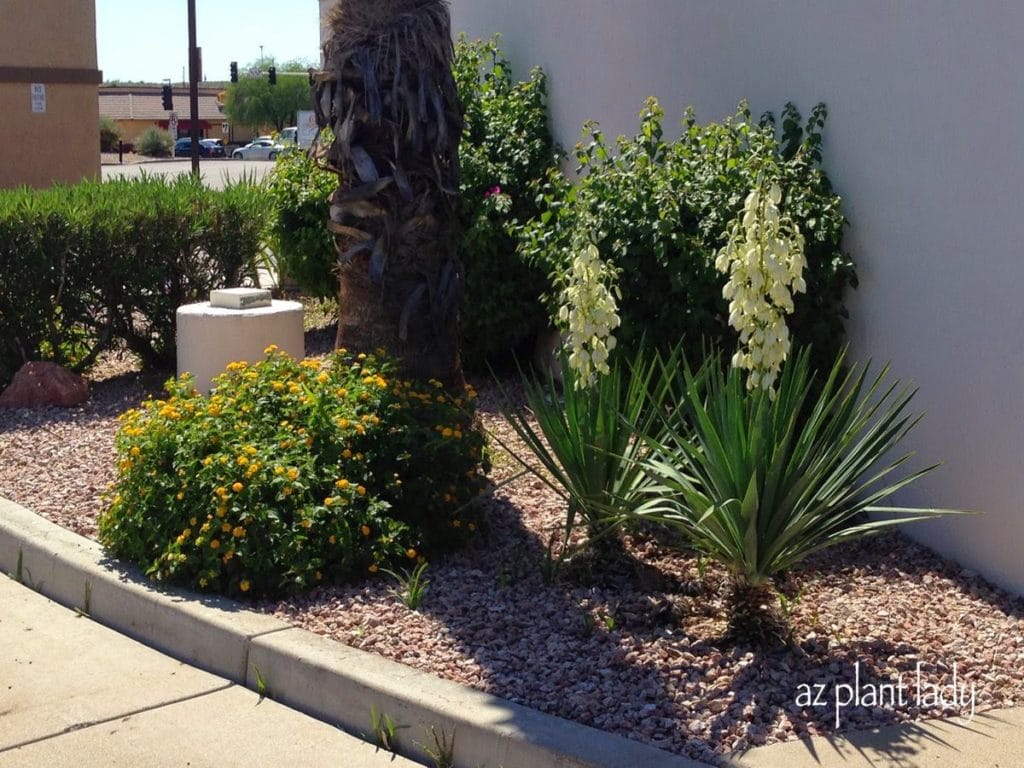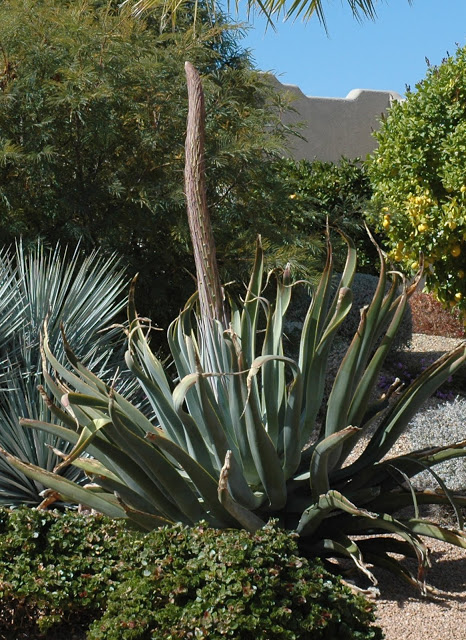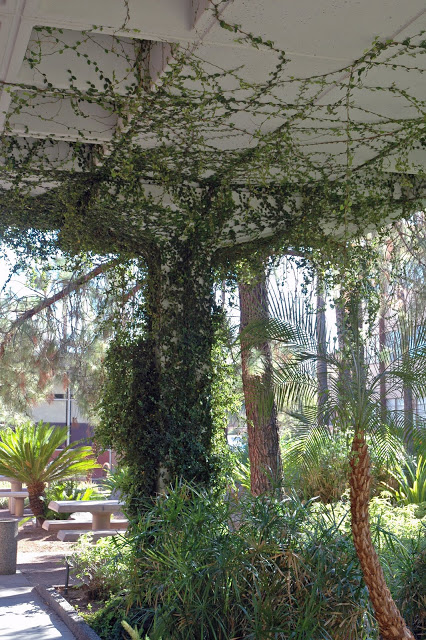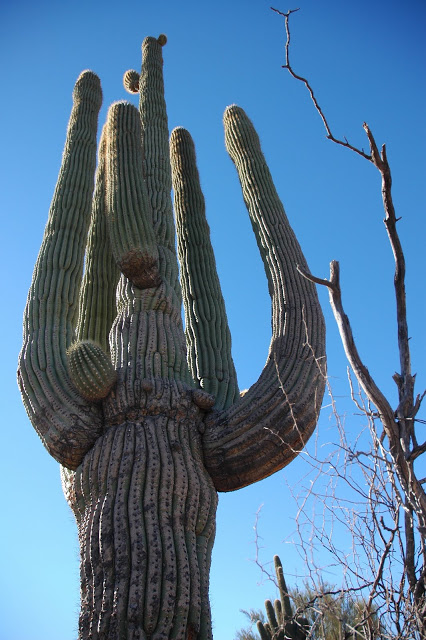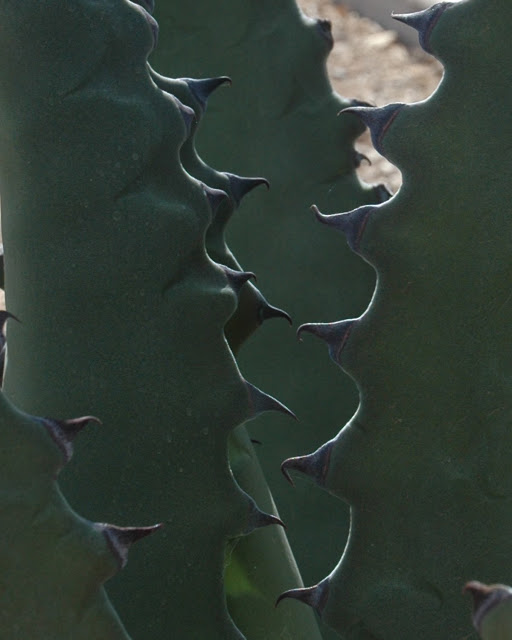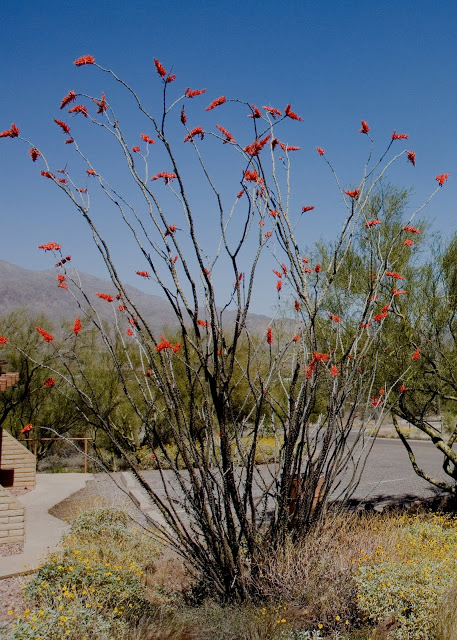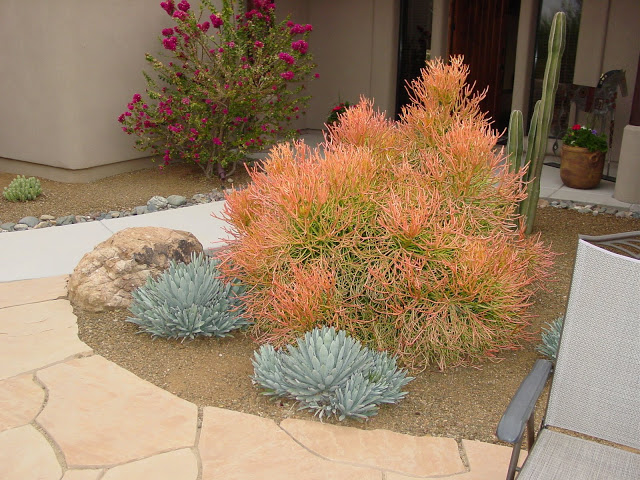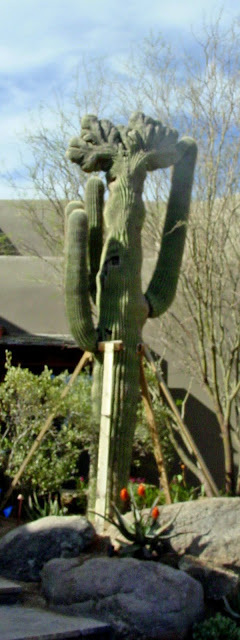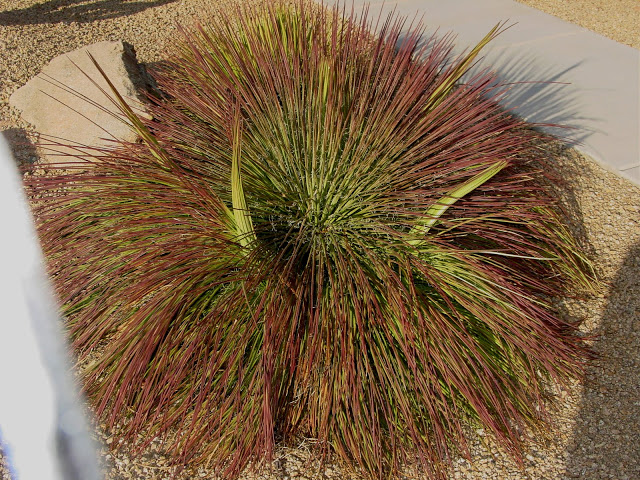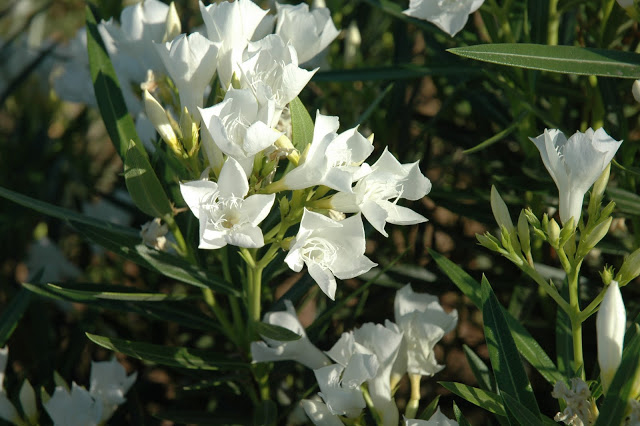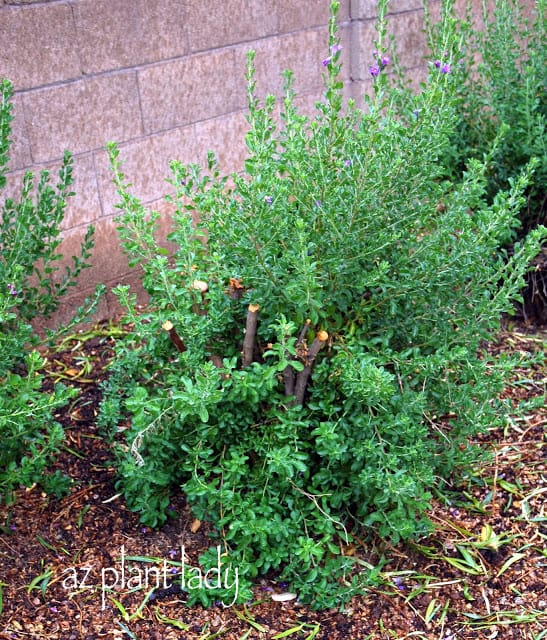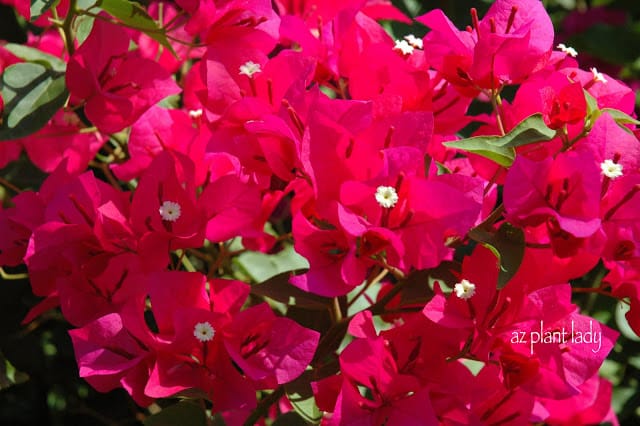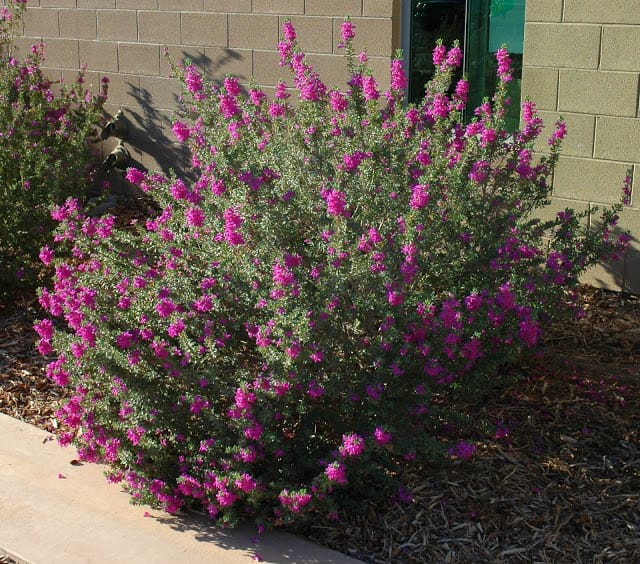
Dealing with Aphids on Your Plants: To Act or Not to Act
What do you do when you spot aphids on your plants?
Do you reach for the nearest bottle of insecticide? Spray them off with a hose or remove them with your fingers?
Believe it or not, sometimes the best thing is to do nothing.
So, is this something I learned in school? No. I figured it out by observing the plants in my first garden.
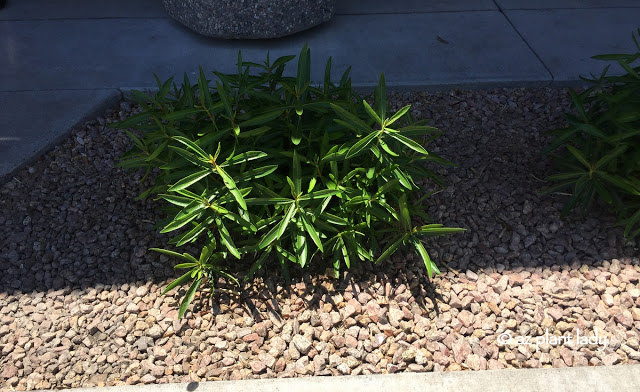
Lessons from Oleanders: The Case of the Yellow Aphids
I remembered this early lesson when I passed by a severely pruned oleander shrub in front of my favorite bagel shop.
The oleanders were growing back nicely. However, there were yellow aphids on the young leaves.
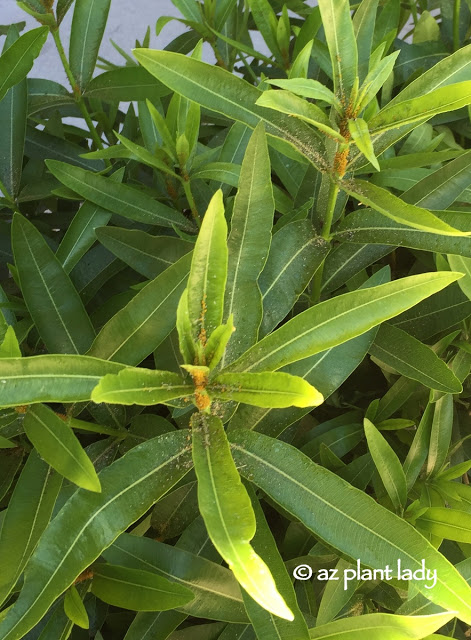
Our Instinct to Eradicate: The Impulse to Remove Bugs
Years ago, my oleander shrubs had an infestation of yellow aphids like this, and I was anxious to get rid of them. Really, this is our first reaction when we see bugs on our plants – we want them gone.
I had several methods at my disposal – insecticidal soap, a strong jet of water or my fingers – all of which, would help get rid of most of the bugs. But, life got in the way, and I didn’t have a chance to get out to treat my shrubs until about ten days later.
The Unexpected Result: The Disappearance of Aphids
Can you guess what I found? Not a single aphid. I didn’t have to do a thing, and the aphids were gone, and my shrubs look great.
So, what happened to the little critters?
When harmful insect pests first appear, it can take a week or two before their natural predators follow. In the case of aphids, lacewing and ladybugs showed up and ate the aphids.
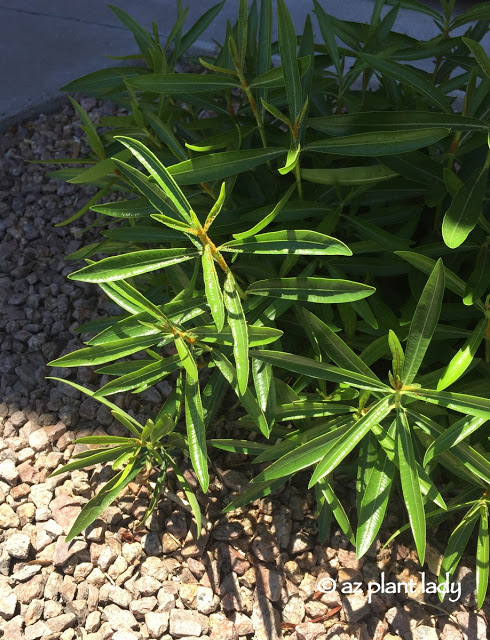
A Hands-Off Approach: Trusting Nature’s Course
Plants are tougher than we give them credit for and can handle a certain amount of insect pests without any adverse effects.
So, when I come back in a couple of weeks to the same bagel shop, I expect to see no aphids in sight and a healthy oleander shrub.
The lesson here is that you don’t need to freak out when you see these bugs as the normal cycle of nature will take care of them. However, you can step in to get rid of them if you see adverse effects on plants such as wilting, smaller blooms, or discoloration.


